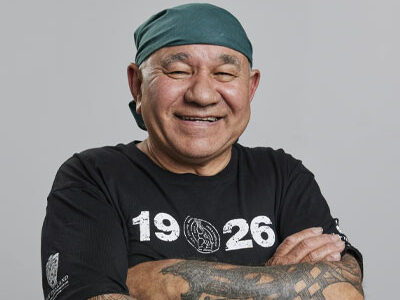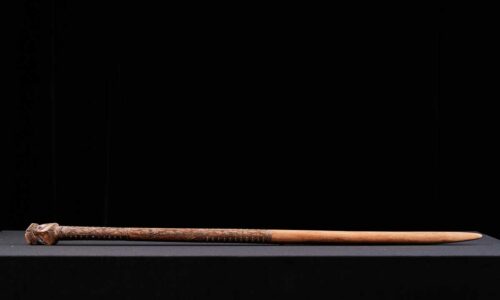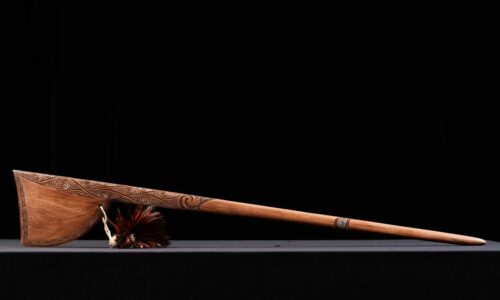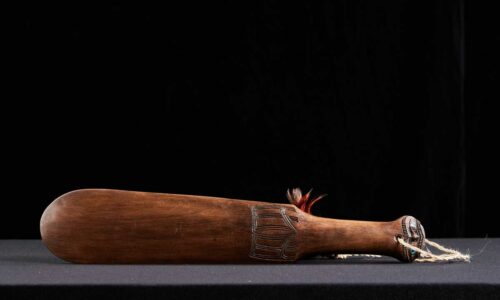Nau mai, haere mai ki Te Puia. Please check-in 15 minutes prior to your scheduled tour departure time.
Artists
|
James Rickard

James Rickard
Tohunga Whakairo (Master Carver)- Ngāti Koata, Ngāti Hinerupe, Tainui & Ngāti Porou
Wānanga
Description James was one of seven tauira selected in 1967 to study the traditional Māori art form of carving at the New Zealand Māori Arts and Crafts Institute in Rotorua. James takes great pride in the influence the Institute has had in the retention of the art of whakairo (carving) in New Zealand. For James, carving is literature, with every carving telling a story that is unique to the iwi (tribe) and area.
Te Wānanga Whakairo Rākau o Aotearoa
Description James was one of seven tauira selected in 1967 to study the traditional Māori art form of carving at the New Zealand Māori Arts and Crafts Institute in Rotorua. James takes great pride in the influence the Institute has had in the retention of the art of whakairo (carving) in New Zealand. For James, carving is literature, with every carving telling a story that is unique to the iwi (tribe) and area.
James was one of seven tauira selected in 1967 to study the traditional Māori art form of carving at the New Zealand Māori Arts and Crafts Institute in Rotorua. James takes great pride in the influence the Institute has had in the retention of the art of whakairo (carving) in New Zealand. For James, carving is literature, with every carving telling a story that is unique to the iwi (tribe) and area.
Their creations

Baton – Rākau
The baton is a short, thick stick-like ceremonial object that is typically made from wood or metal. It is traditionally a sign of a high-ranking military officer and carried as a piece of their uniform. This baton has been stylised from New Zealand native timber.

Tewhatewha (Short)
The tewhatewha is one of three, two-handed weapons. The axe-like top added excellent balance to the weapon and was used by the chief of the tribe as a form of flag to signal the warriors into battle. In hand to hand combat, this weapon was used much like the taiaha and its cousin, the pouwhenua.

Sold
Mere Rākau
The mere rākau like the patu were often sharp at their forward edge and were used with thrusting, jabbing and swinging blows. Māori weapons are notable for their fine sculptural form and were designed for close hand-to-hand combat. No other stone-age war implements surpassed them in deadly effectiveness.